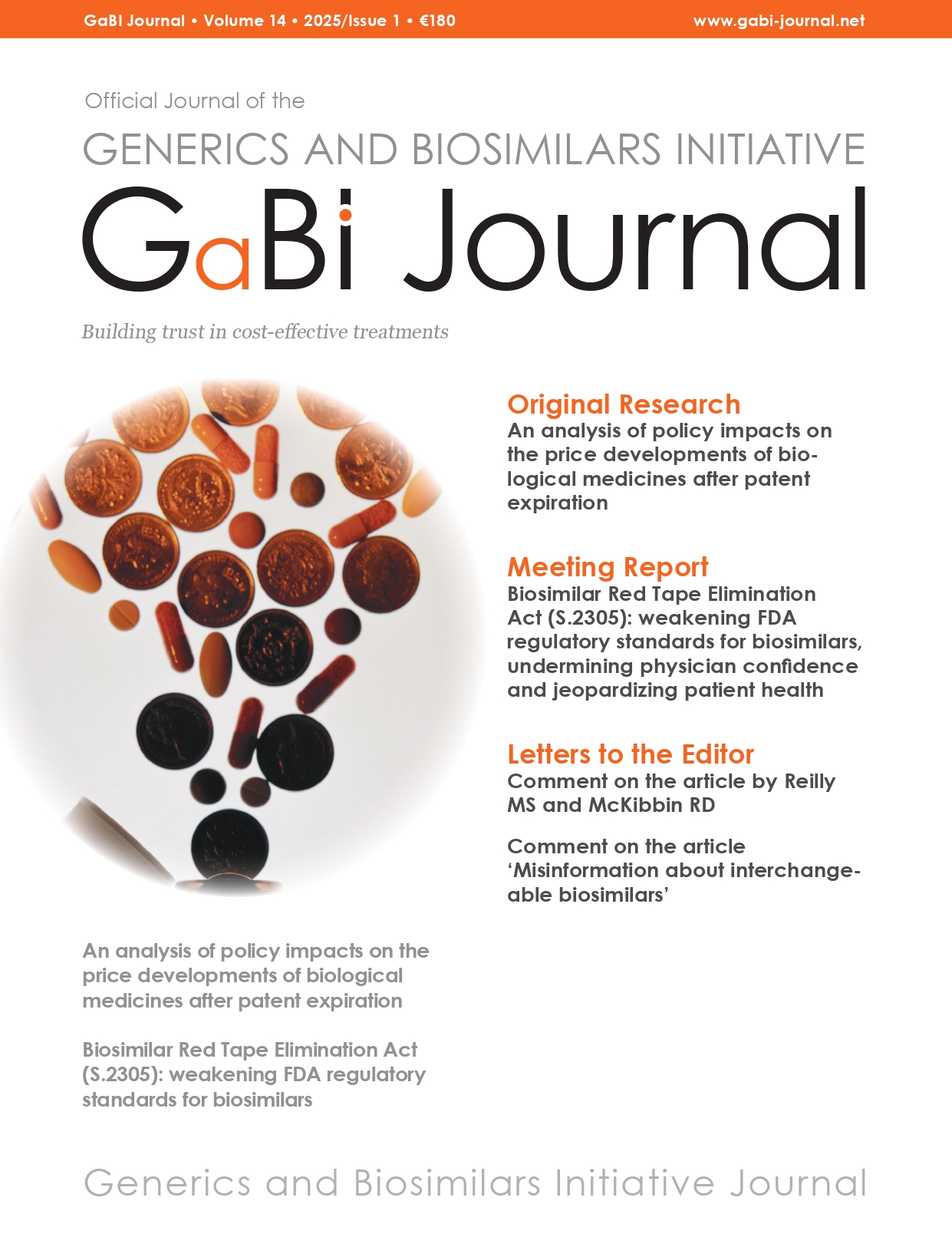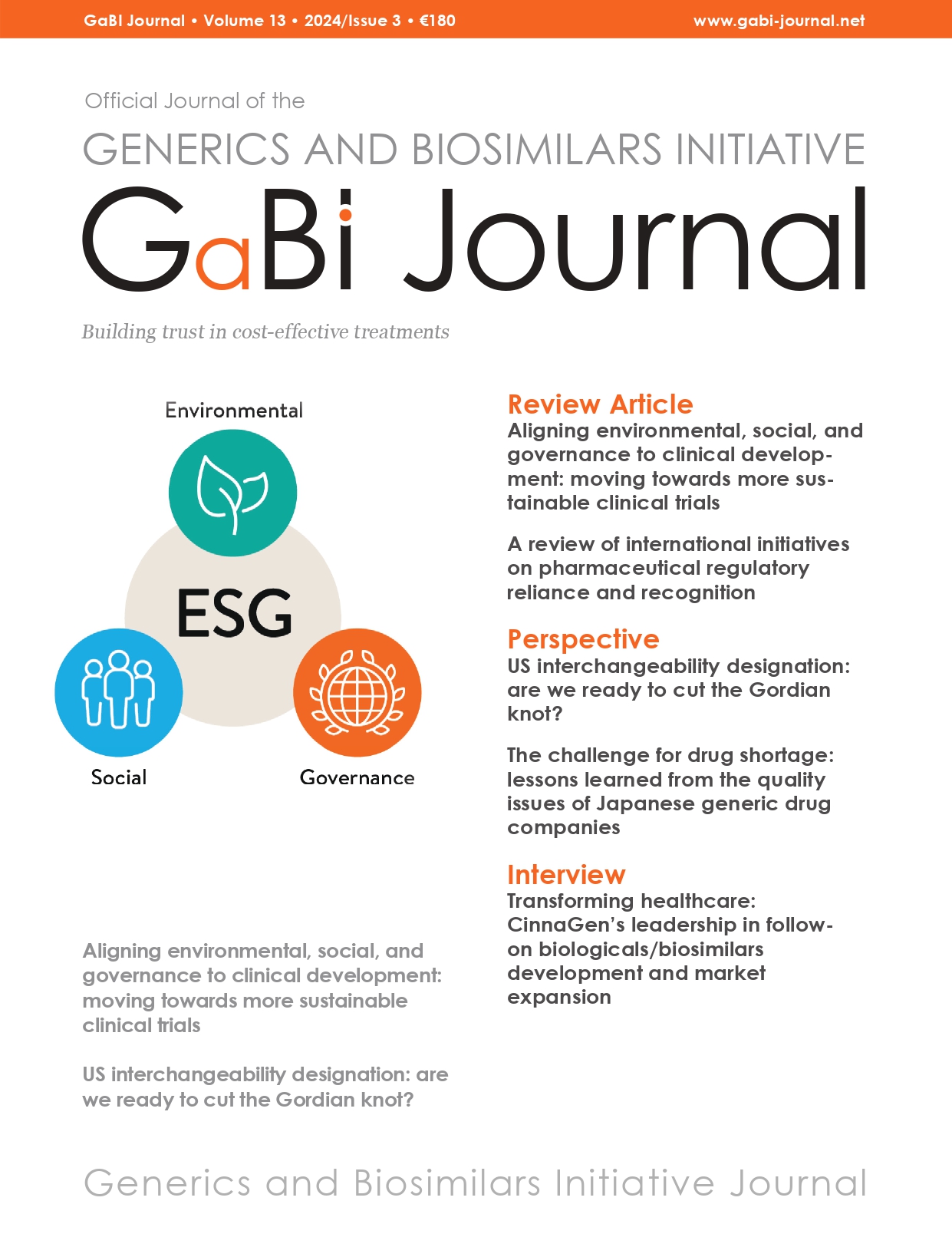An IPRP survey of the regulatory requirements for the waiver of in vivo bioequivalence studies of generic medicinal products in certain dosage forms
Submitted: 14 May 2021; Revised: 14 May 2021; Accepted: 3 June 2021; Published online first: 10 June 2021 Medicines regulatory authorities aim to address rising healthcare costs and promote access to medicines worldwide through review and approval of quality generic drug products that are interchangeable with the corresponding reference medicinal product. The Bioequivalence Working Group […]


